
Kenzie Nimmo
NHFP Einstein Fellow
Northwestern University
My Research
The goal of my research is to uncover the types of astrophysical objects and physical processes responsible for creating fast radio bursts (FRBs). FRBs are extremely luminous micro-to-millisecond duration radio transients that travel across the Universe before being detected by radio telescopes here on Earth. To learn more about FRBs, I use high-resolution techniques in radio data analysis to zoom-in on the environments of FRBs and uncover the intrinsic properties of the emission.
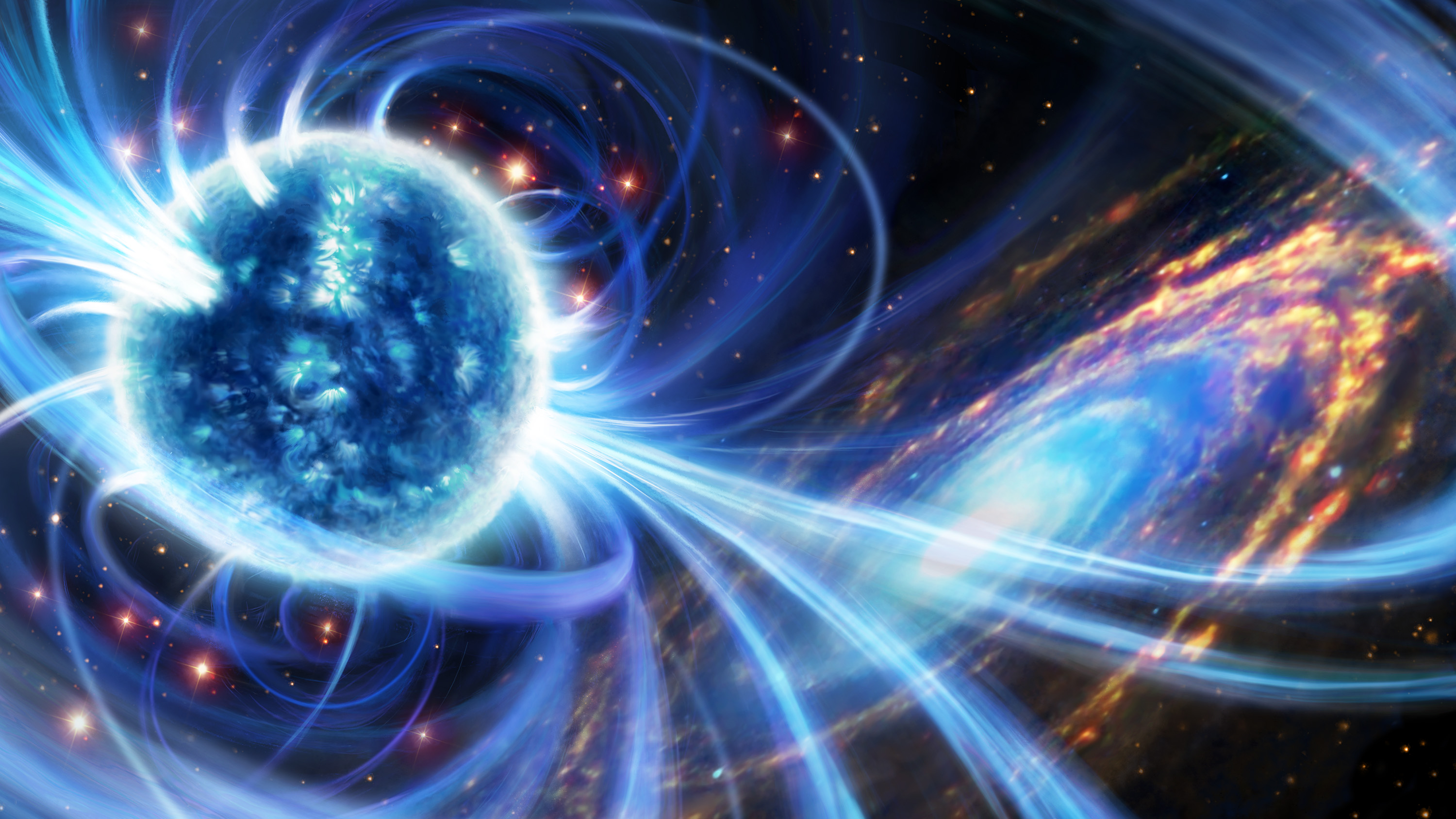
Artist: Daniëlle Futselaar.
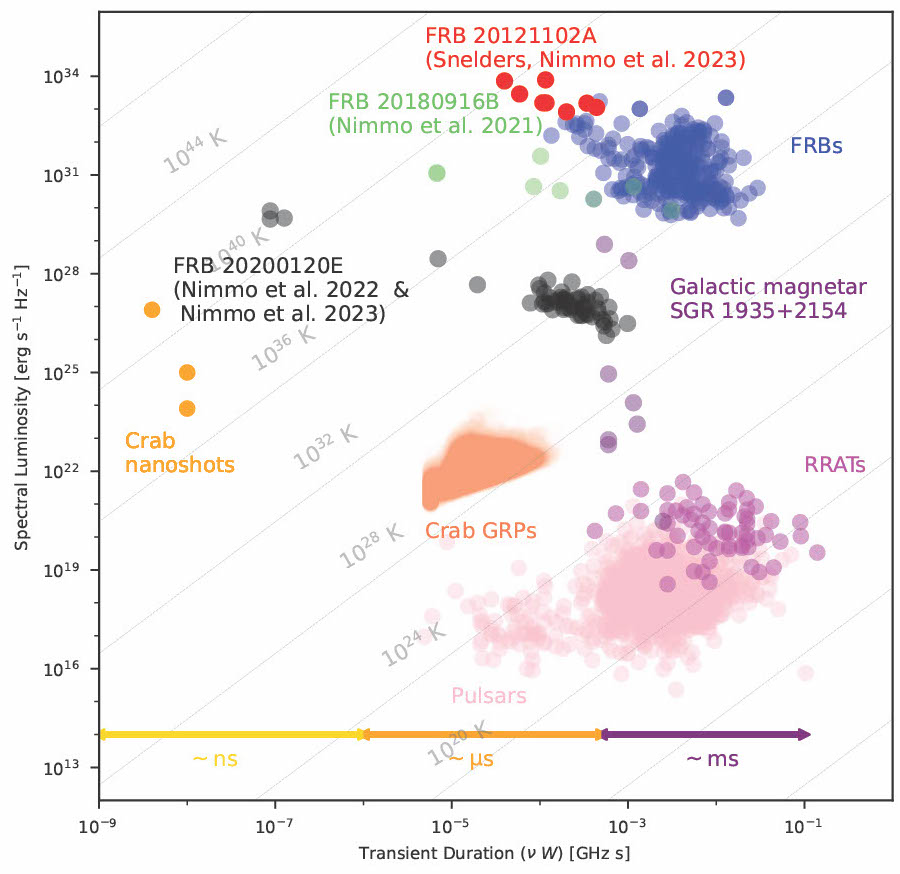
As a member of the Astroflash team I developed the expertise and infrastructure to study FRBs at extremely high time resolution with full polarization information. I led the team that discovered the shortest temporal sub-structure measured in any FRB, uncovering an unexplored parameter space of ultra-fast radio bursts. Motivated by this discovery, we searched for and discovered isolated micro-bursts from a well-studied repeating FRB, highlighting the need to search at (sub-)microsecond timescales for radio transients.
I am a member of the PRECISE collaboration, where we use very long baseline interferometry (VLBI) to explore the local environments of repeating FRBs. As a Ph.D. student I played a leading role in the discovery of a diversity of FRB environments: from areas of active star-formation to regions with an older stellar population.
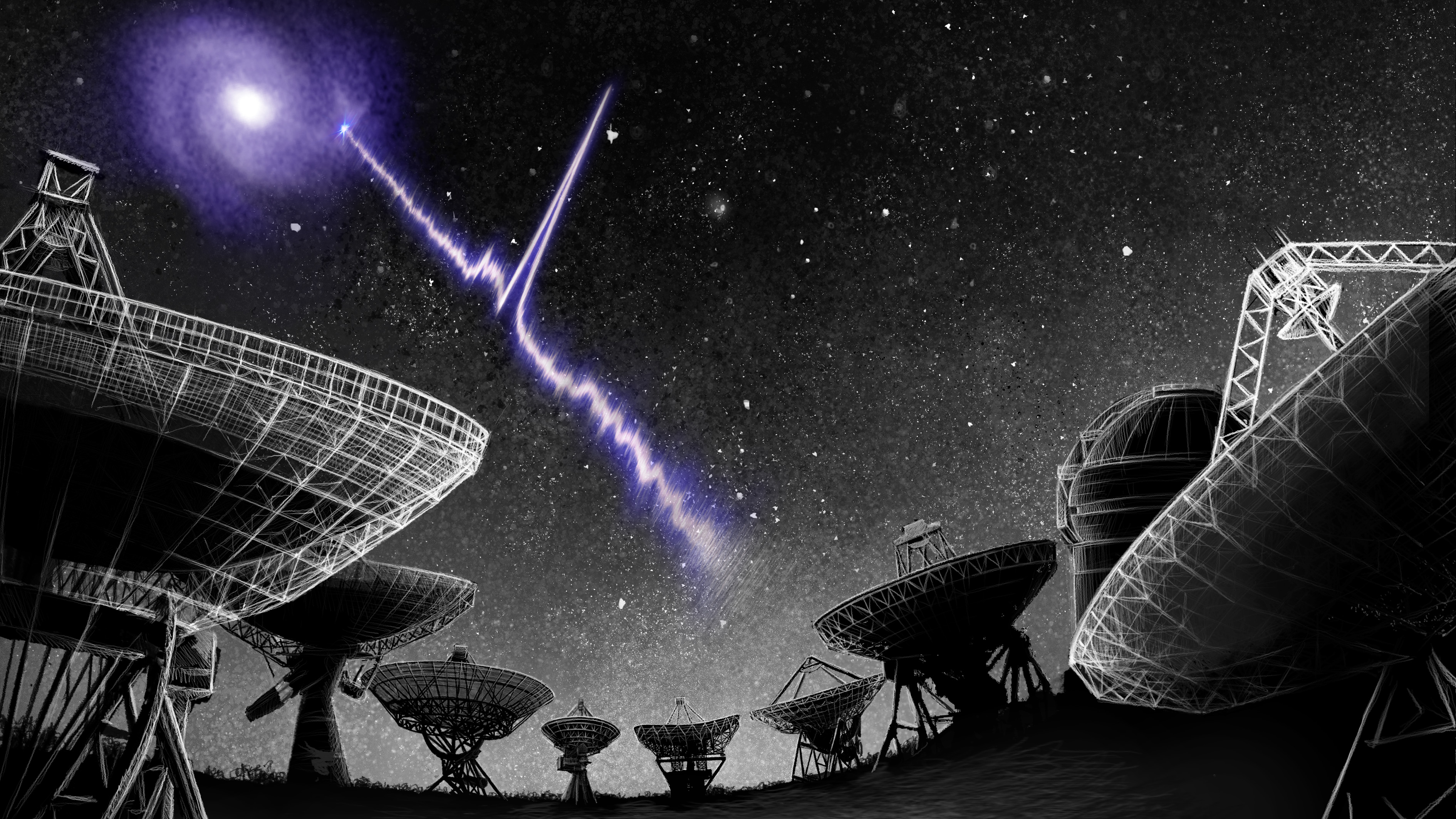
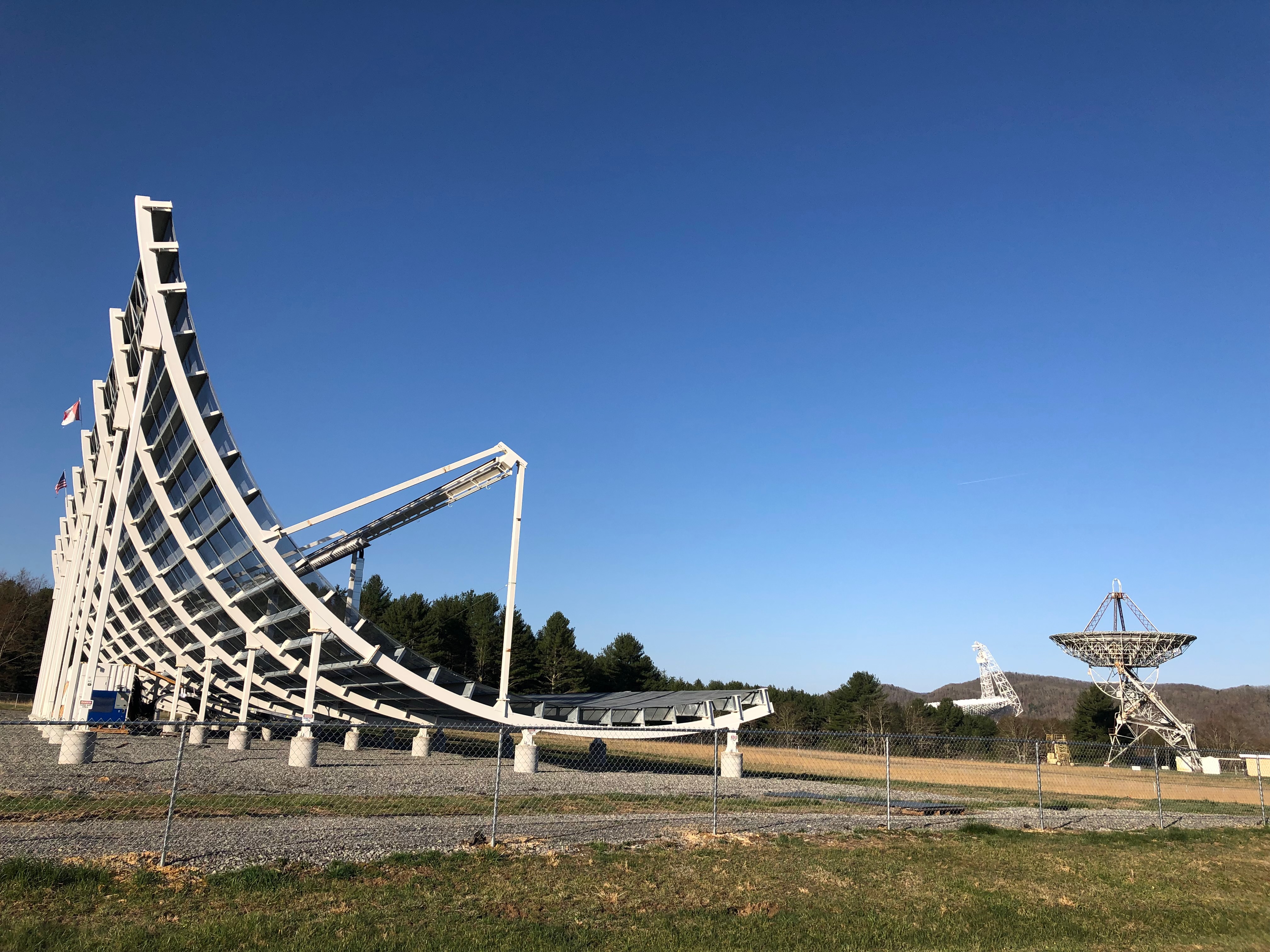
I am a key member of the CHIME/FRB Collaboration, having developed the analysis tools to measure scintillation in CHIME FRBs. I led the team that measured scintillation from an extragalactic screen for the first time, which we used as astrophysical lens to zoom in on the emission site of the FRB. Additionally I am in a leading role in the building and commissioning of the CHIME/FRB Outriggers: a project to use VLBI to increase the sample of precisely localised FRBs with host galaxy associations by orders of magnitude.
About Me
I am currently a postdoctoral research fellow at the Center for Interdisciplinary Exploration and Research in Astrophysics (CIERA) at Northwestern University. Prior to my current position I was a Kavli Fellow at the Massachusetts Institute of Technology in the Kavli Institute for Astrophysics and Space Research. I wrote my PhD thesis, titled Zooming-in on the sources of fast radio transients at ASTRON and the University of Amsterdam advised by Jason Hessels. Prior to that, I completed my undergraduate and masters degree at the University of Glasgow.
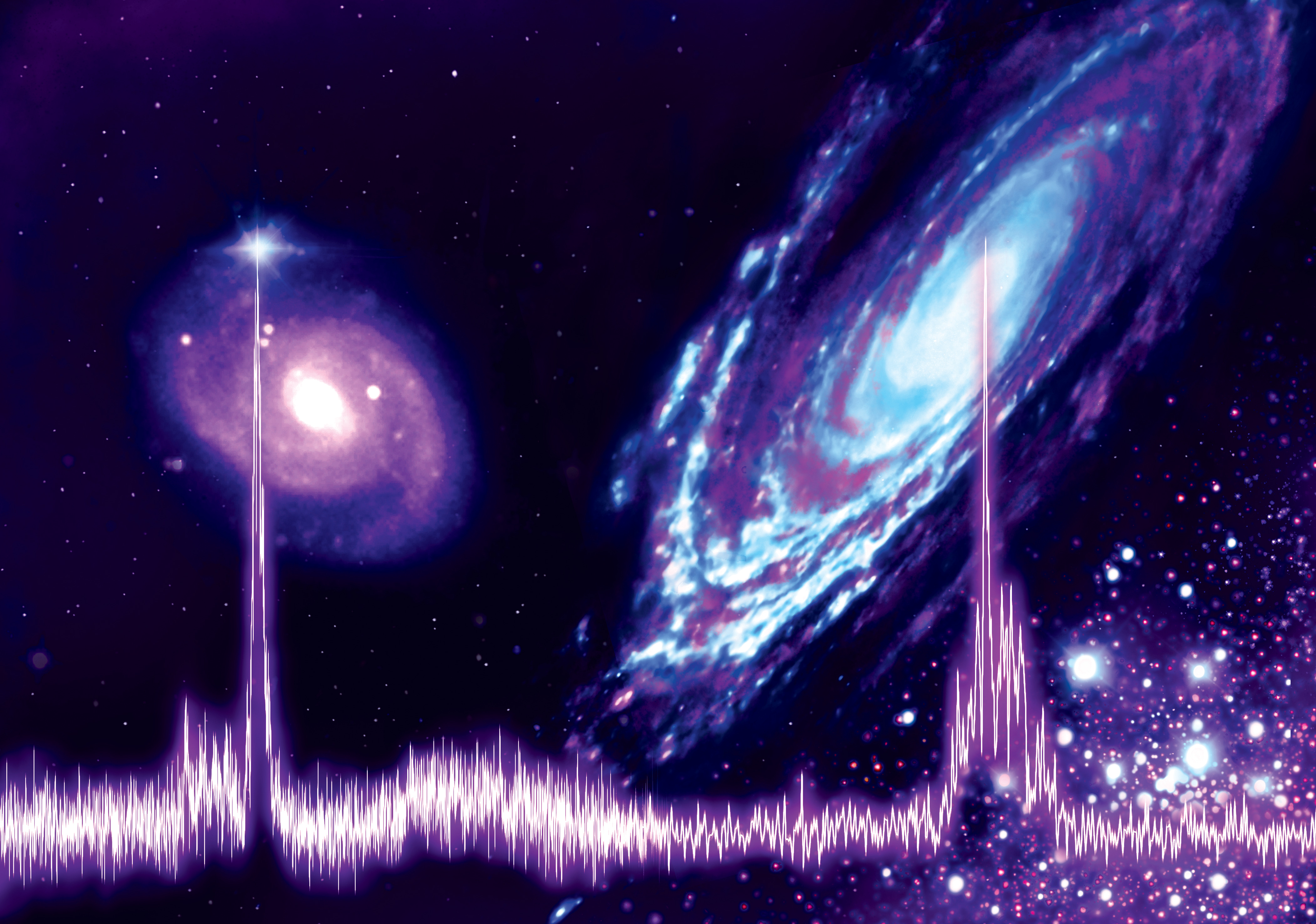
Publications
For a complete list, see ADS or arXiv .
- Magnetospheric origin of a fast radio burst constrained using scintillation; Nimmo et al. Nature 637, 48 ADS
- CHIME/FRB Outriggers: KKO Station System and Commissioning Results; Lanman et al. AJ 168, 87 ADS
- Milliarcsecond localization of the hyperactive repeating FRB 20220912A; Hewitt et al. MNRAS 529, 2 ADS
- A pulsar-like swing in the polarisation position angle of a nearby fast radio burst; Mckinven et al. Nature 637, 43 ADS
2024
- Detection of ultra-fast radio bursts from FRB 20121102A; Snelders, Nimmo et al. Nature Astronomy 7, 1486 ADS
- A burst storm from the repeating FRB 20200120E in an M81 globular cluster; Nimmo et al. MNRAS 520, 2 ADS
- Morphologies of Bright Complex Fast Radio Bursts with CHIME/FRB Voltage Data; Faber et al. submitted ADS
- The FRB 20121102A November rain in 2018 observed with the Arecibo Telescope; Jahns, Spitler, Nimmo et al. MNRAS 519, 1 ADS
2023
- Burst timescales and luminosities as links between young pulsars and fast radio bursts; Nimmo et al. Nature Astronomy 6, 393 ADS
- Milliarcsecond Localization of the Repeating FRB 20201124A; Nimmo et al. ApJL 927, 1 ADS
- A repeating fast radio burst source in a globular cluster; Kirsten, Marcote, Nimmo et al. Nature 602, 7898 ADS
2022
- Highly polarized microstructure from the repeating FRB 20180916B; Nimmo et al. Nature Astronomy 5, 594 ADS
- Detection of two bright radio bursts from magnetar SGR 1935+2154; Kirsten, Snelders, Jenkins, Nimmo, et al. Nature Astronomy 5, 414 ADS
- LOFAR Detection of 110-188 MHz Emission and Frequency-dependent Activity from FRB 20180916B; Pleunis et al. ApJL 911, 1 ADS
- The 60 pc Environment of FRB 20180916B; Tendulkar et al. ApJL 908, 1 ADS
2021
- A repeating fast radio burst source localized to a nearby spiral galaxy; Marcote, Nimmo et al. Nature 577, 190--194 ADS
- A Dual-band Radio Observation of FRB 121102 with the Deep Space Network and the Detection of Multiple Bursts; Majid, Pearlman, Nimmo et al. ApJL 897, 1 ADS
- Periodic activity from a fast radio burst source; CHIME/FRB Collaboration et al. Nature 582, 351--355 ADS
- No Radio Bursts Detected from FIRST J141918.9+394036 in Green Bank Telescope Observations; Nimmo et al. RNAAS 4, 50 ADS
2020
- Resolving the Decades-long Transient FIRST J141918.9+394036: An Orphan Long Gamma-Ray Burst or a Young Magnetar Nebula?; Marcote, Nimmo et al. ApJL 876, L14 ADS
2019
- Together with Ryan Mckinven, we wrote a "Behind the paper" article titled "From Swinging to Twinkling: How Polarization and Scintillation Revealed FRB 20221022A’s Origins" for the Nature Research Community (2025).
- I wrote a "Behind the paper" article titled "The fastest radio burst we’ve seen so far!" for the Nature Research Astronomy Community (2021).
- Together with Benito Marcote and Jason Hessels, we wrote a EuroPhysics News article titled "A fast radio burst localised to a nearby spiral galaxy" (2020).
- Together with Shriharsh Tendulkar and Benito Marcote, we wrote a GeminiFocus article titled "The First Repeating Fast Radio Burst in a Spiral Galaxy" (2020).
Other Writing
FRB Newsletter
Since 2022 I have been the editor, alongside Shami Chatterjee, of the FRB newsletter: a monthly round-up of FRB-related news, including new papers, Astronomer Telegrams, conference announcements, etc. To receive future newsletters, fill in the subscription form.

Outside of Astronomy
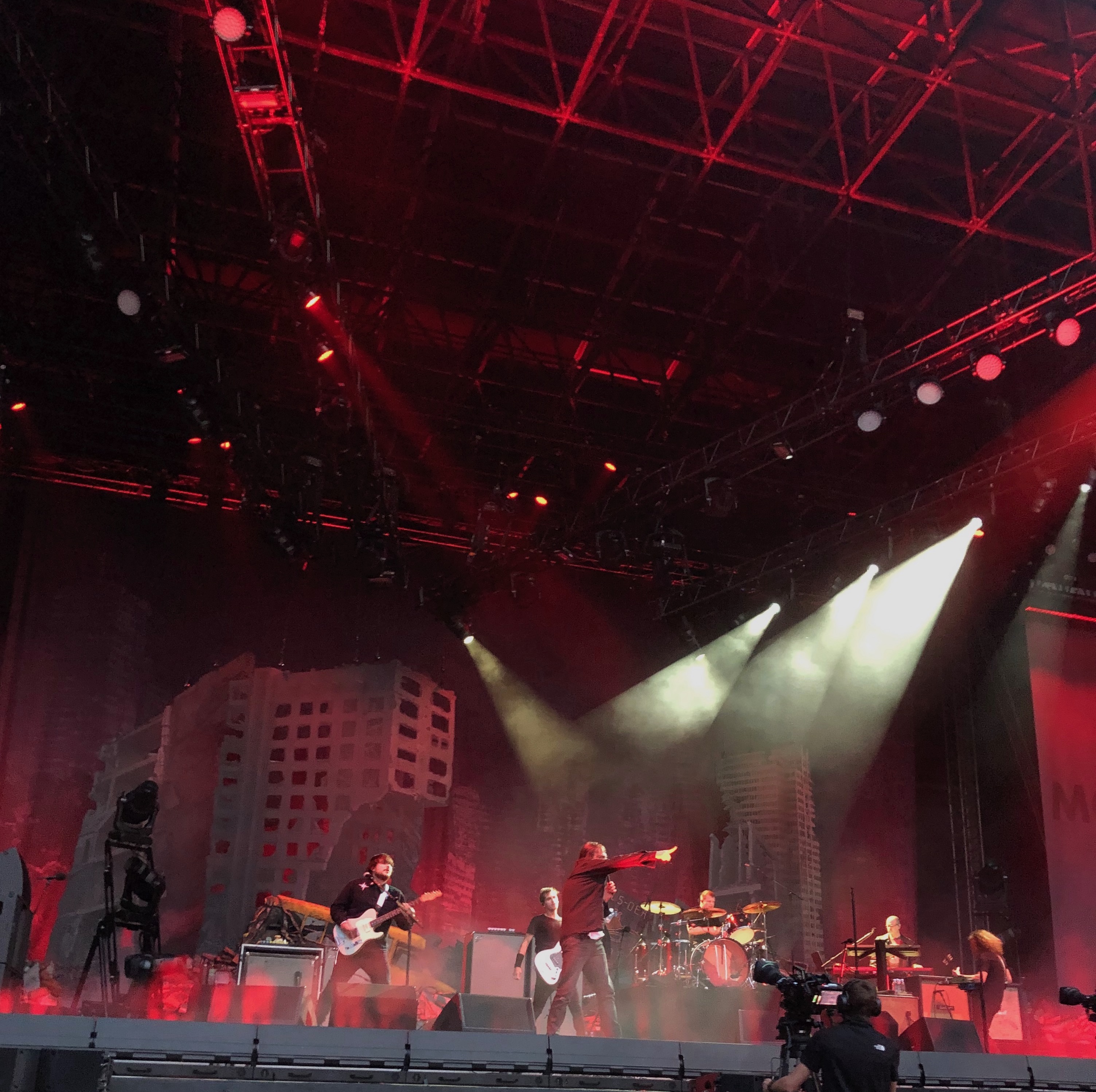
Live music
I primarily listen to emo, rock, and country music. I also LOVE musicals.
View more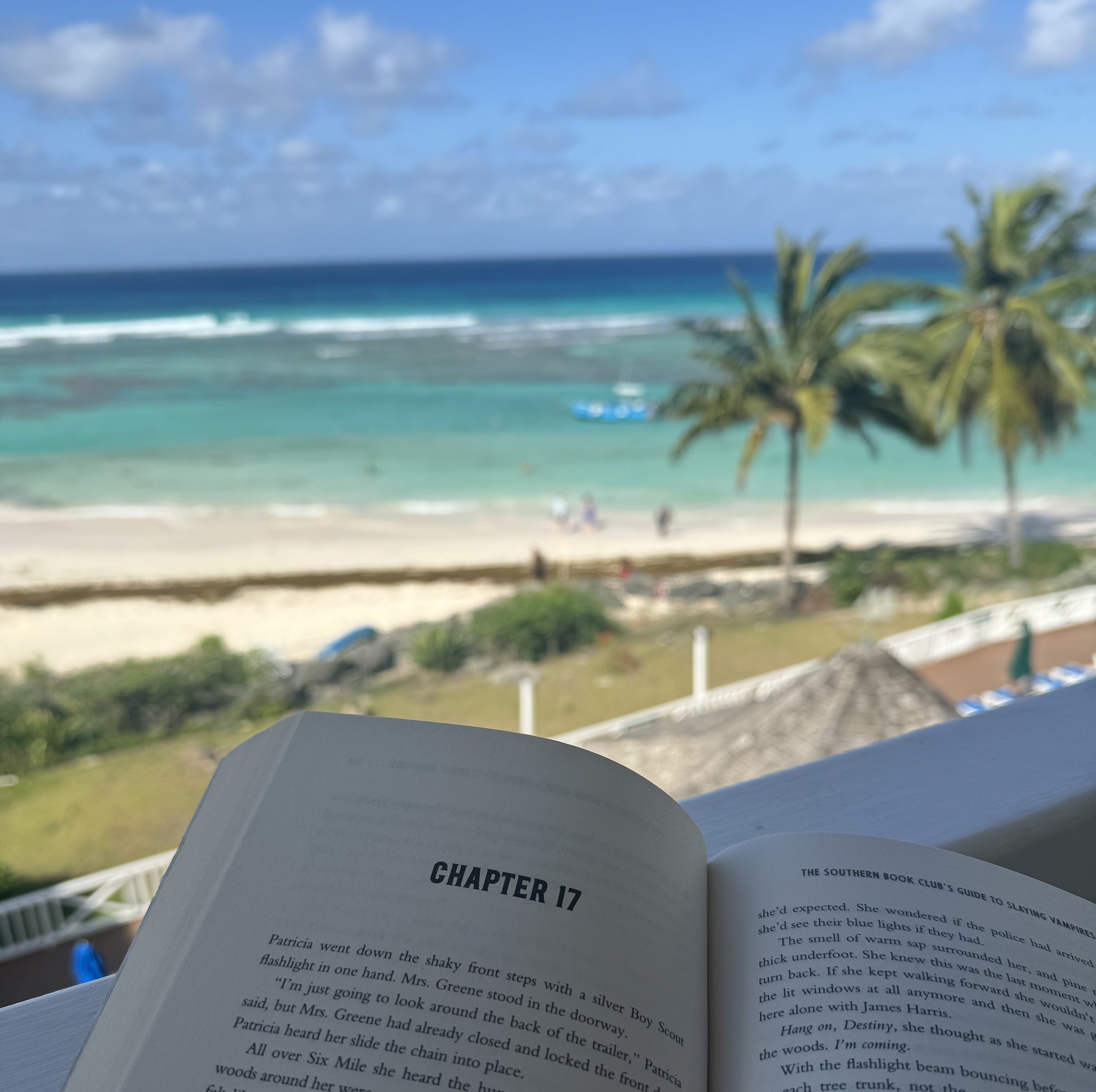
Books
Some recent favs: Bright Young Women by Jessica Knoll and The Poppy War by R. F. Kuang.
View more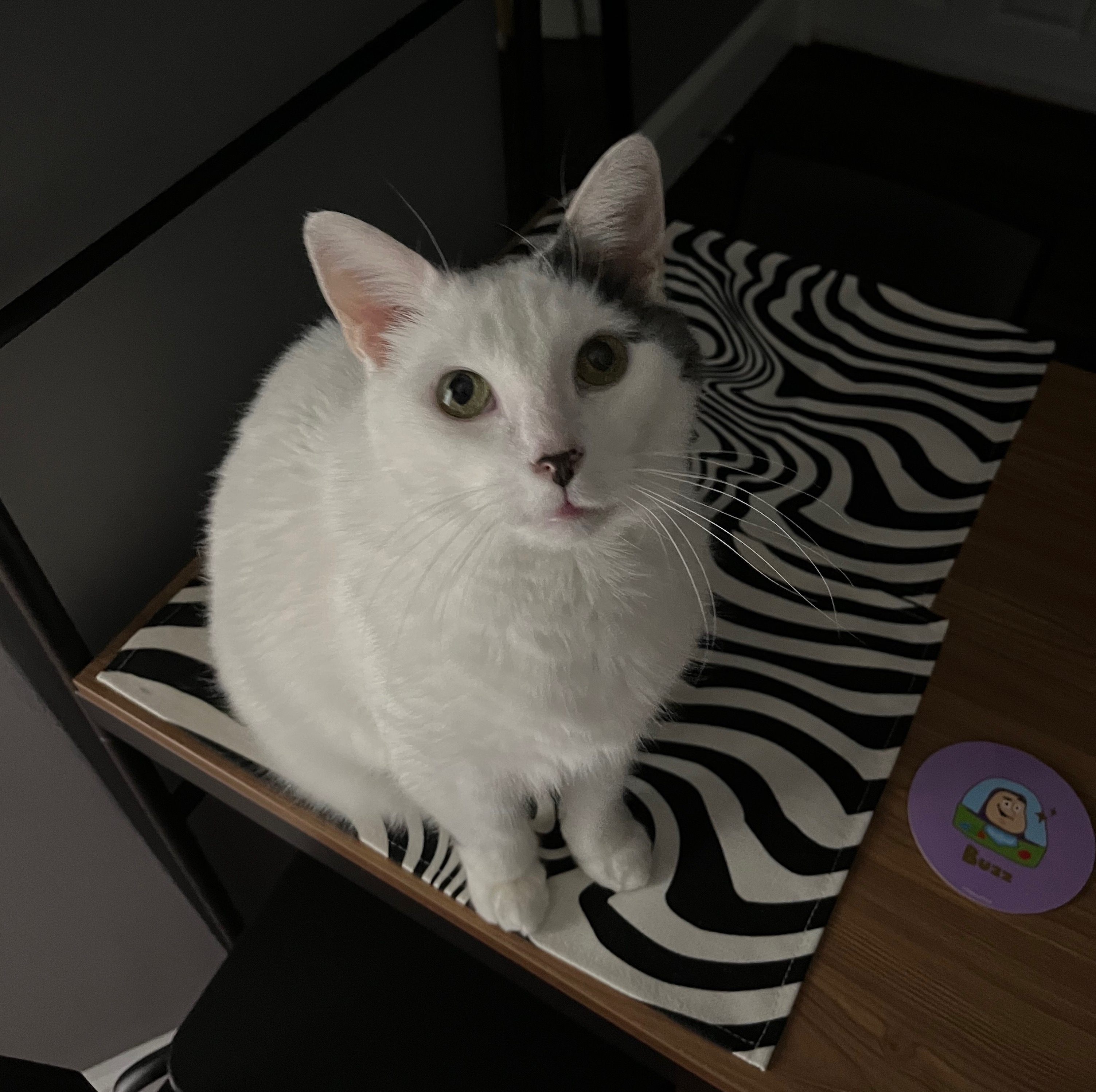
Elliot
He is named after the dragon in Disney classic Pete's Dragon.
View more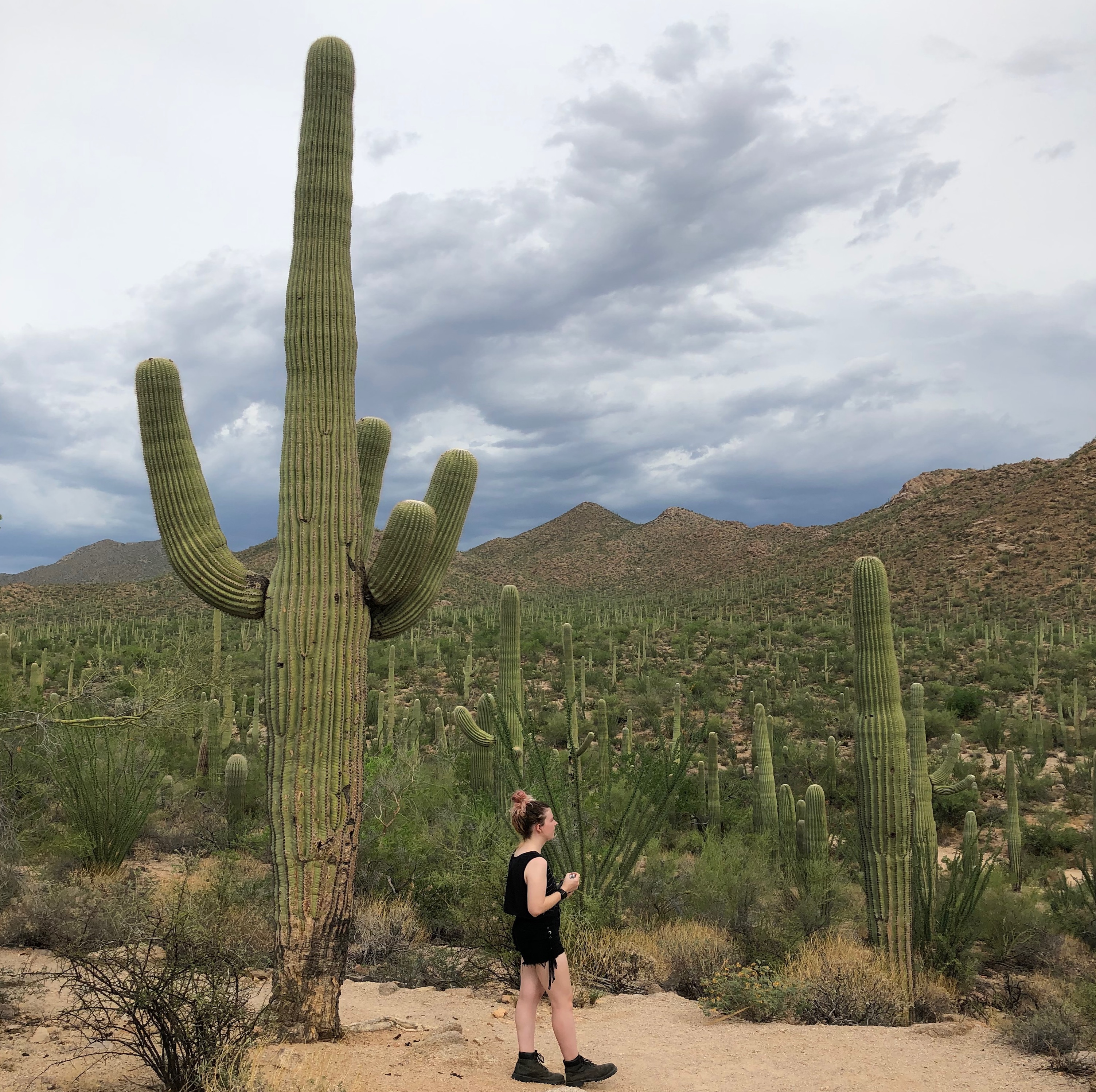
Travel
Although this is a photo of the desert I especially love being in the ocean.
View more